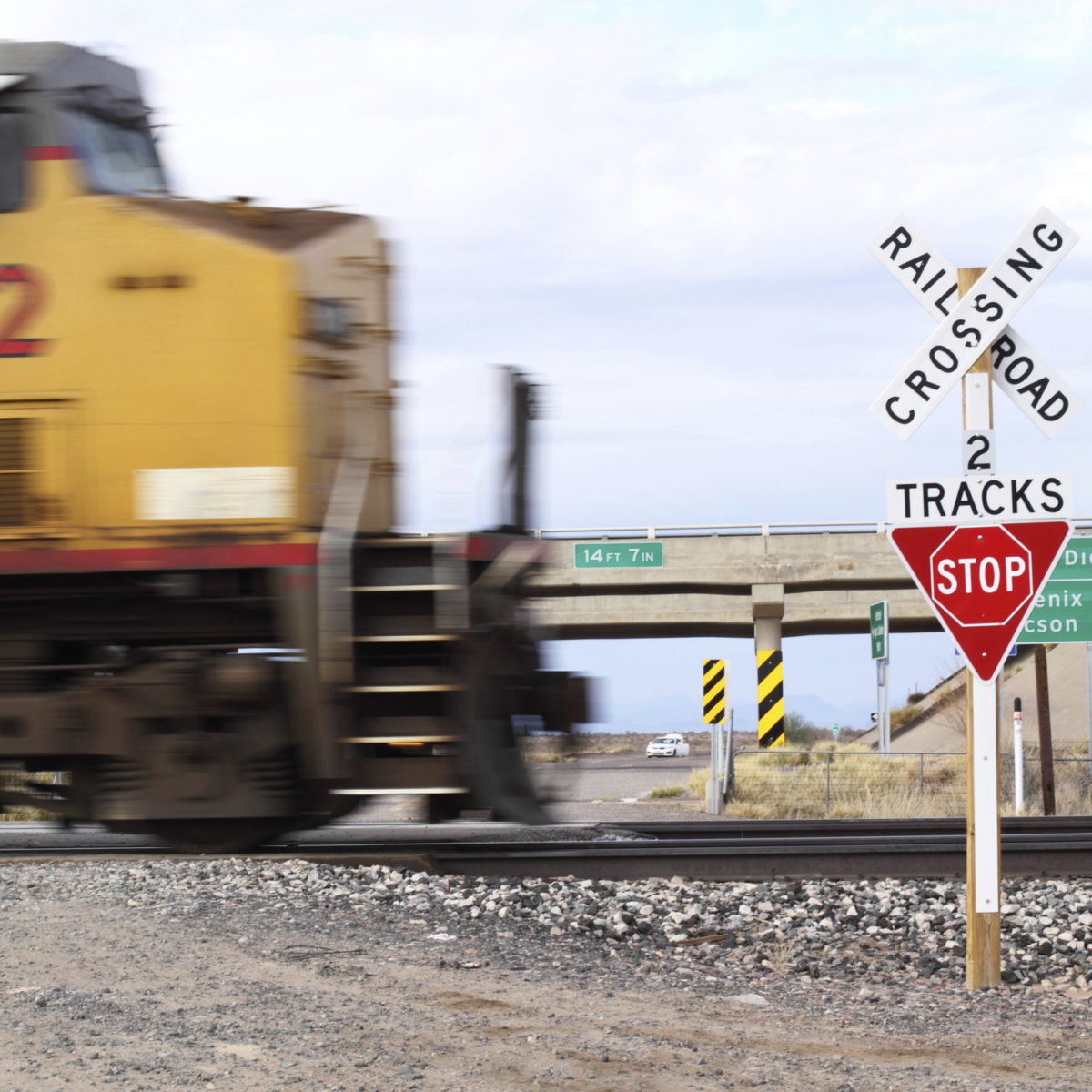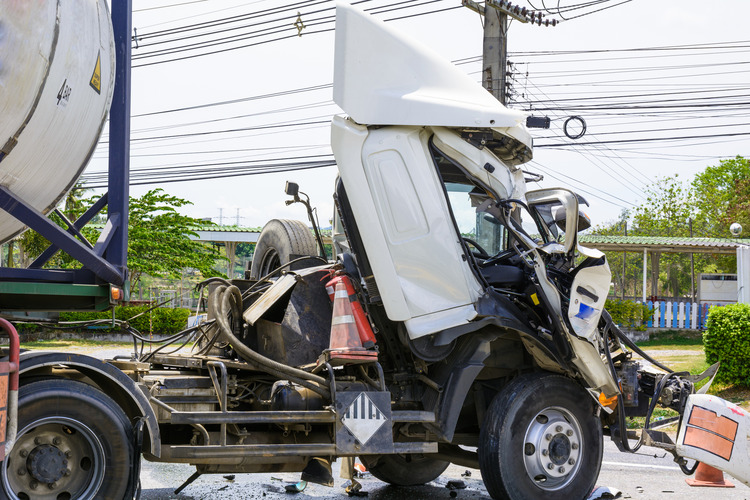
Train accidents, specifically railroad crossing accidents, can cause catastrophic injuries. When a train hits another vehicle, often these accidents and injuries could have been prevented.
Commonly, motorists approach railroad crossings where they mistakenly assume there can’t be a train approaching if lights aren’t flashing; however, many railroad crossings are unguarded and even those with lights and gates may malfunction.
In the last 10 years, there have been more than 30,000 railroad crossing collisions resulting in more than 3,600 deaths. Some national statistics you should know (courtesy of Operation Lifesaver, a national, non-profit education and awareness program dedicated to ending tragic collisions, fatalities and injuries at highway-rail grade crossings and on railroad rights of way):
-
2,105 — Number of collisions between vehicles and trains in 2017
-
50% — Percentage of vehicle/train collisions that occur at crossings with active warning devices (lights, gates, bells)
-
75% — Amount of railroad crossing accidents that happen within 25 miles of one’s home
According to Operation Lifesaver, the 10 most dangerous states for railroad crossing fatalities include:
-
Illinois
-
Florida
-
California
-
Indiana
-
Texas
-
Louisiana
-
Mississippi
-
Ohio
-
Alabama
-
Missouri
Causes
Railroad crossing collisions can have a number of causes, including:
-
Defective warnings — inoperable lights, bells or gates
-
Failure to properly maintain the crossing — such as allowing overgrown trees, vegetation and other foliage to obstruct or hide an oncoming train
-
Failure to install proper warnings, such as lights, alarms (crossing bells) or a functioning crossing gate
-
Improper sight lines that prevent a vehicle’s driver from seeing an oncoming train until it is too late
-
Improperly parking a train at or near a crossing — this not only hides an oncoming train from view, but gives motorists a false sense of safety in seeing a parked train at the crossing
-
Failure to sound the train’s horn or whistle at or near the crossing
A railroad company is responsible for ensuring that train crossing warning systems are active and in working order. In our practice, we have shown a wide variety of instances of rail companies’ negligence. In one recent case, a train was obstructed by overgrown vegetation and the crossing lights did not activate, as railroad companies can allow weeds and grass and other vegetation to overgrow near railroad crossings.
Summer, especially, is a time where pedestrians and cyclists are out in great numbers, and families take to the roads for summer vacations. You can increase your chances of safely navigating crossings by approaching with caution as if the safety equipment may not operate as intended. And when vegetation is present or other potential distractions from clearly viewing the rail line in both directions, check each direction multiple times when approaching the railroad crossing.


